The Movie Soundtrack
The movie soundtrack has become a great source for discovering music. Many dramatic scenes are fully augmented by appropriate audio, which in turn drives sales of the songs themselves. It is a nice […]
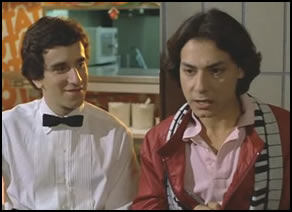
The movie soundtrack has become a great source for discovering music. Many dramatic scenes are fully augmented by appropriate audio, which in turn drives sales of the songs themselves. It is a nice […]
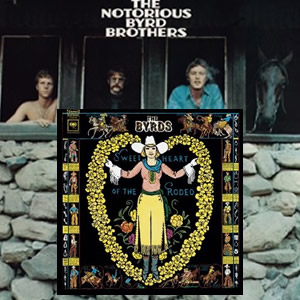
Buy The Notorious Byrd Brothers Buy Sweetheart of the Rodeo 1968 was a transitional year for folk/rock group, The Byrds, in terms of both musical approach and lineup changes. During the year, the group […]
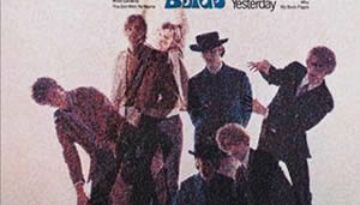
Buy Younger Than Yesterday The fourth album by The Byrds, 1967’s Younger Than Yesterday saw a continued evolution of the quartet’s sound towards a mature fusion of jazz and psychedelia and jazz into […]
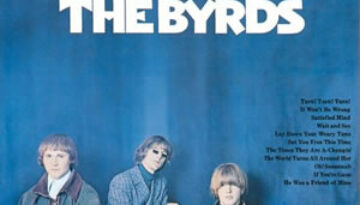
Buy Turn! Turn! Turn! The Byrds finished their breakout year of 1965 with their second highly acclaimed and commercially successful album of that year. Turn! Turn! Turn! built on the group’s distinct, multi-guitar-timbre, […]
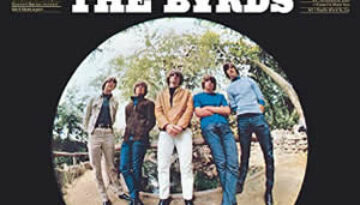
Buy Mr. Tambourine Man In mid 1965, The Byrds released a debut album comprised partially of contemporary folk covers, partially of original songs, and fully of their signature folk-rock sound. Mr. Tambourine Man […]
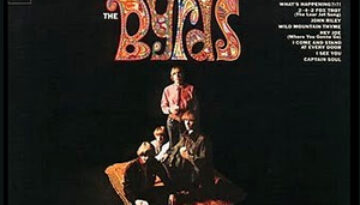
Buy Fifth Dimension The Byrd‘s third album, released in the summer of 1966, Fifth Dimension saw a change both in style and personnel for the folk-rock group. Earlier in the year Gene Clark, […]